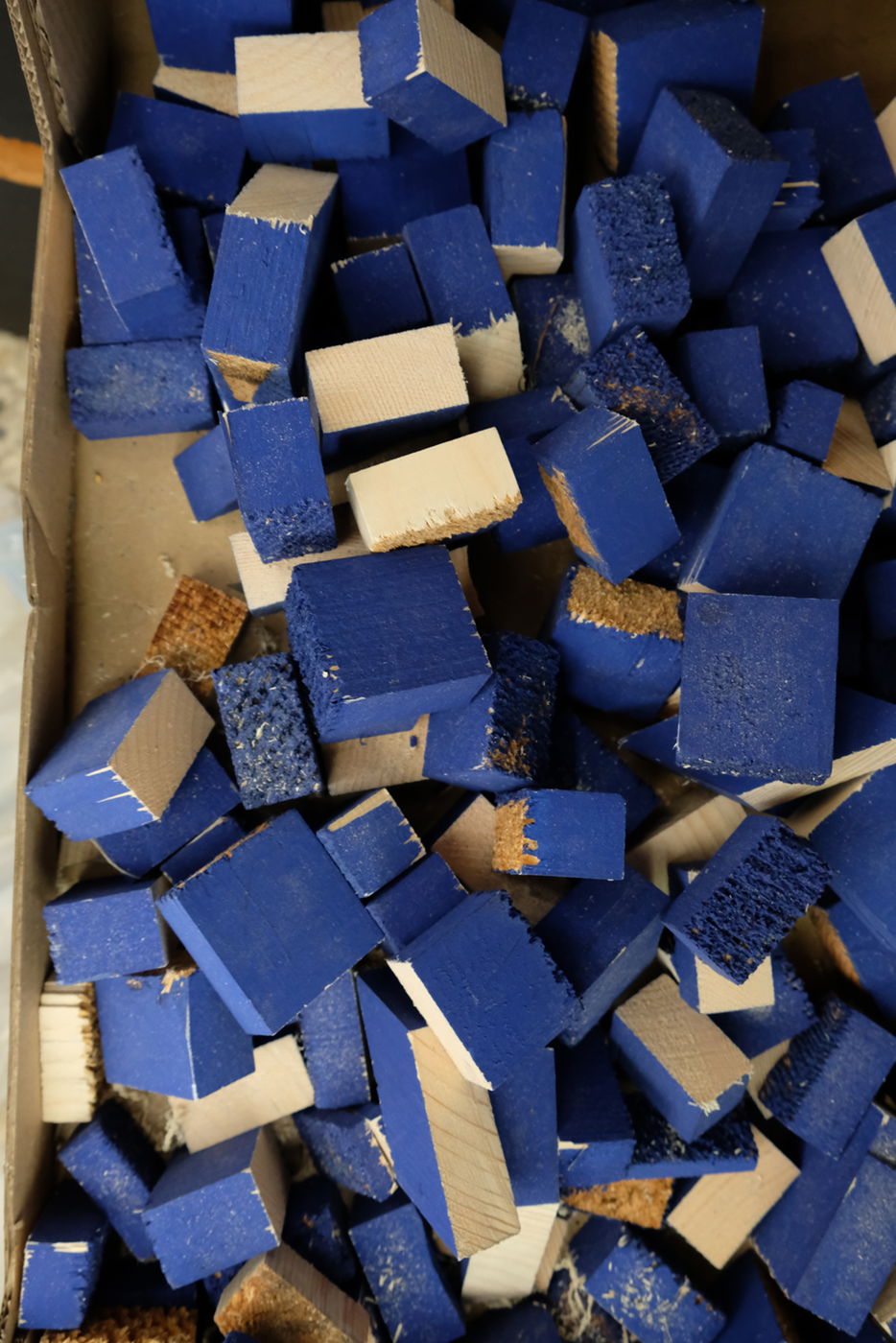Egon-Hofmann-Haus
Im Dörfl 3, 4020 Linz
www.egonhofmannhaus.at
Atelierhaus des Kulturrings Egon Hofmann Der Bau des Egon-Hofmann-Hauses wurde Anfang der 1950er-Jahre von kunstinteressierten Privatpersonen und Wirtschaftstreibenden initiiert, um freischaffenden Künstler*innen einen adäquaten Arbeitsplatz zu bieten. Seit der Eröffnung im Jahr 1957 stehen neun Ateliers mit einer Größe von 21 bis 31 m² zur Verfügung, die kontinuierlich von Künstlerinnen und Künstlern unterschiedlicher Disziplinen genutzt werden. Drei bis fünf Jahre ist der Aufenthalt möglich. Der Kulturring Egon Hofmann ist Gründungs- und Trägerverein des Atelierhauses. Betrieb und Erhaltung werden durch die Unterstützung von kunstinteressierten Mitgliedern ermöglicht. Inzwischen steht das von Architekt Fritz Fanta geplante Gebäude unter Denkmalschutz.
The construction of the Egon-Hofmann-Haus was initiated in the early 1950s by private individuals and business people interested in art in order to offer freelance artists an adequate place to work.Since opening in 1957, nine studios ranging in size from 21 to 31 m² have been available for continuous use by artists of various disciplines. Residence is possible for three to five years. The Kulturring Egon Hofmann is the founding and supporting association of the studio house. Its operation and maintenance is made possible by the support of members interested in art. The house, designed by architect Fritz Fanta, is now a listed building.

Any working material; Foto: Margit Greinöcker
Hubert Ebenberger / Judith Gattermayr / Margit Greinöcker / Tobias Hagleitner / Armin Haller / Judy Mardnli / Florian Nörl / Vildan Turalic / Birgit Wagner / Julia Witzeneder
ALLFÄLLIGES
Installation approx. 6 x 4 x 3 m
Die Künstler*innen des Egon-Hofmann- Hauses ließen sich auf einen gemeinsamen Arbeitsprozess ein. Berücksichtigt wurde dabei all das, was Kunstbetrachter*innen sonst verborgen bleibt: der Organisationskram, das Aussortierte, Abgelehnte und Verworfene, das Restliche, Beiläufige und Nebensächliche des künstlerischen Arbeitsprozesses. Das „Allfällige“ aus dem Arbeitsalltag der zehn beteiligten Künstler*innen wird in diesem Fall zur plastischen Installation verdichtet, zum radikal-kollektiven Kunstobjekt.
APPLICABLE
The artists of the Egon Hofmann House engaged in a collective working process. Considered in this process is all that typically remains hidden from art observers: the administrative tasks; the sorted out, rejected, and discarded; the residual, incidental, and peripheral aspects of the artistic working process. The ’flotsam’ from the daily work routine of the ten participating artists is, in this case, condensed into a sculptural installation, transformed into a radically collective art object.
